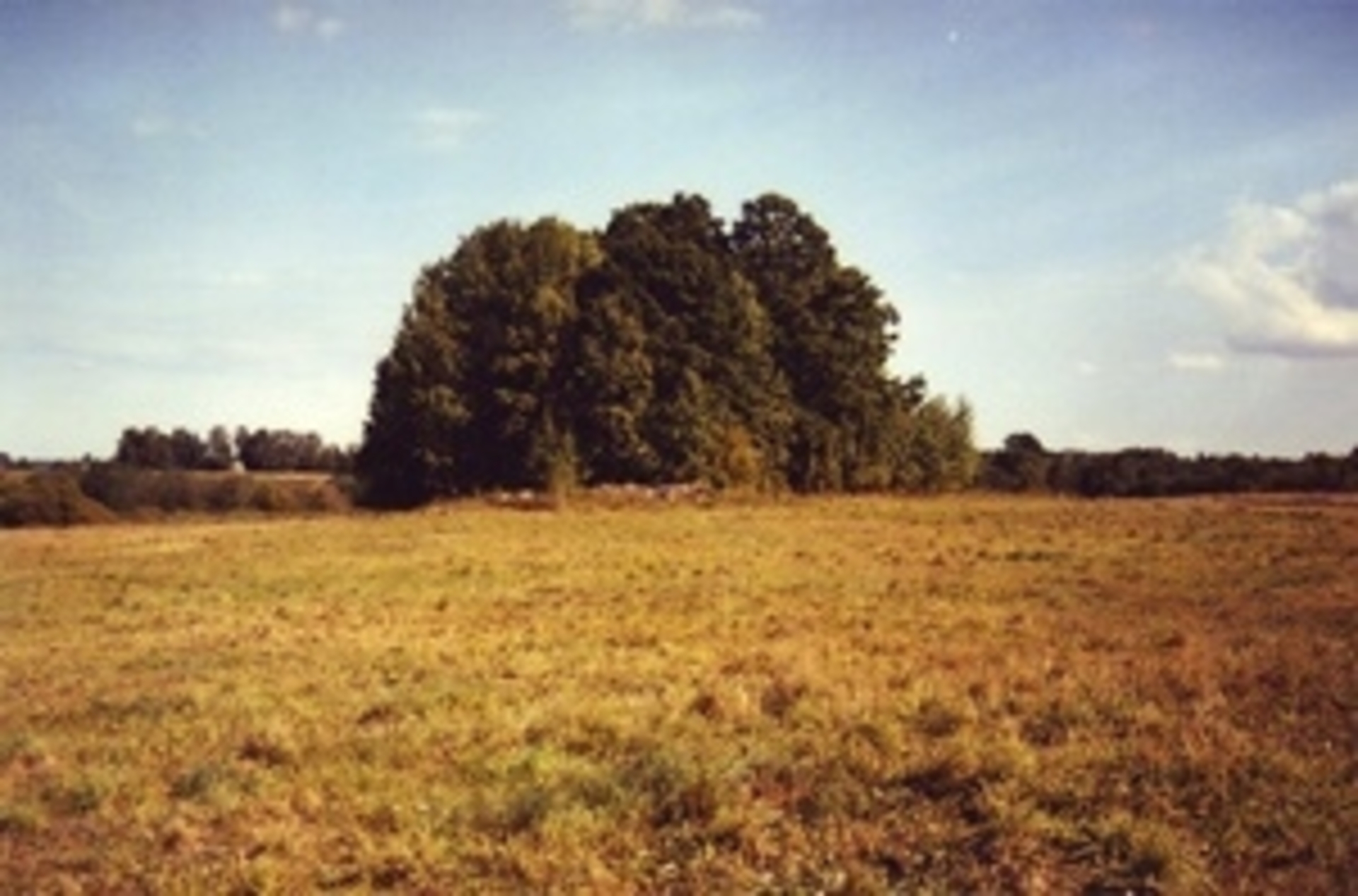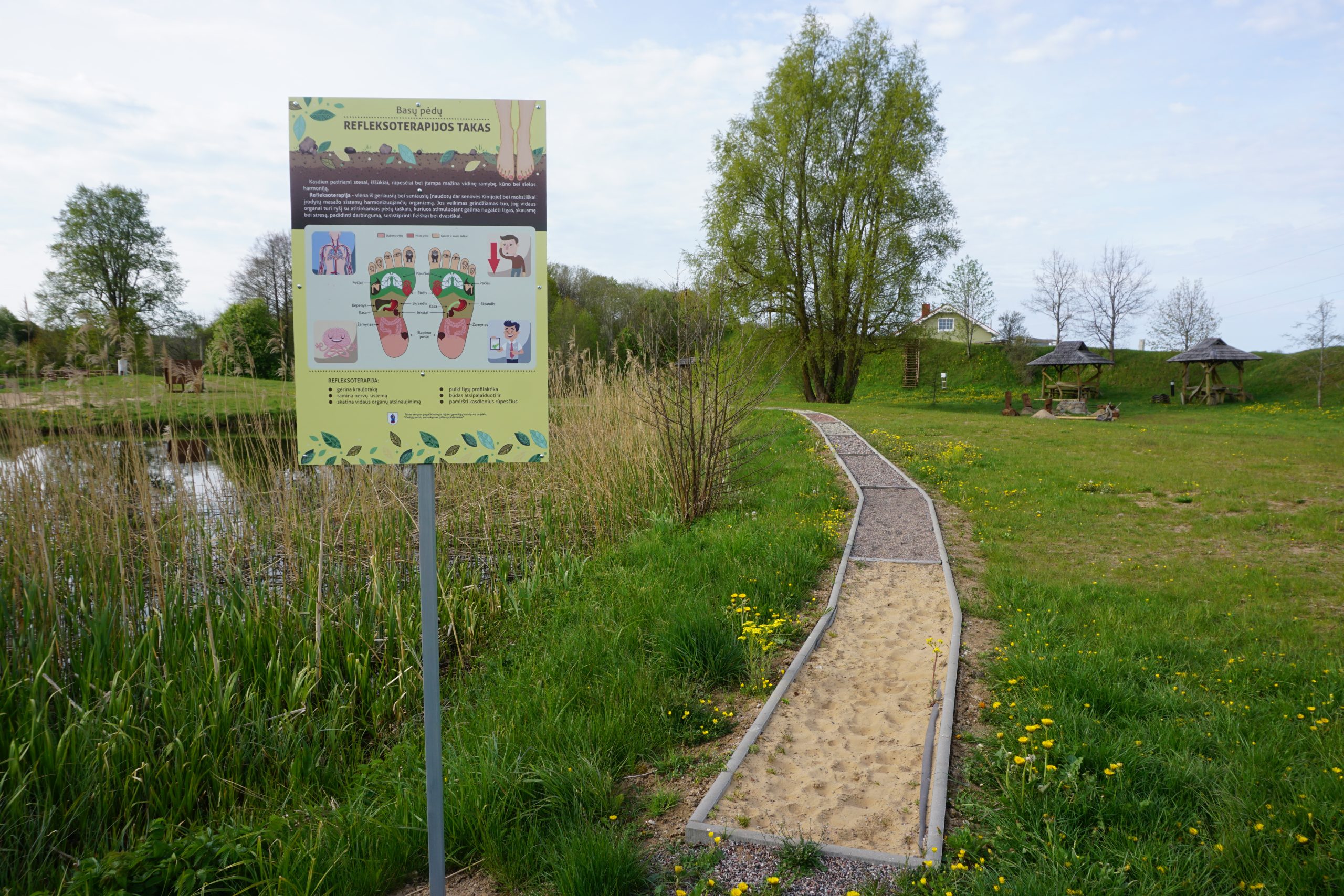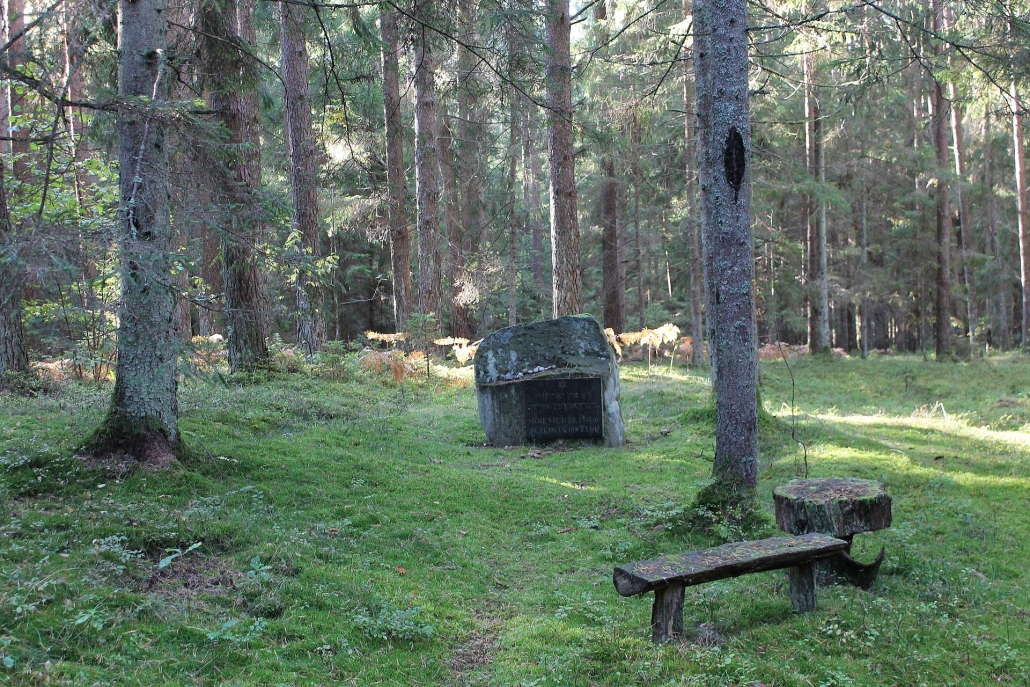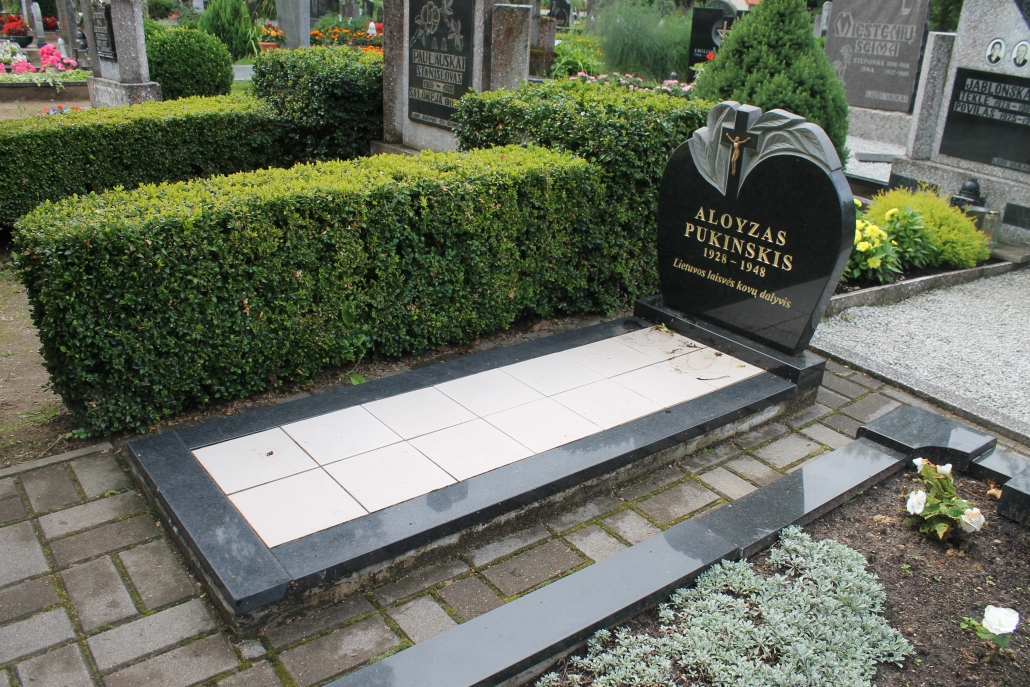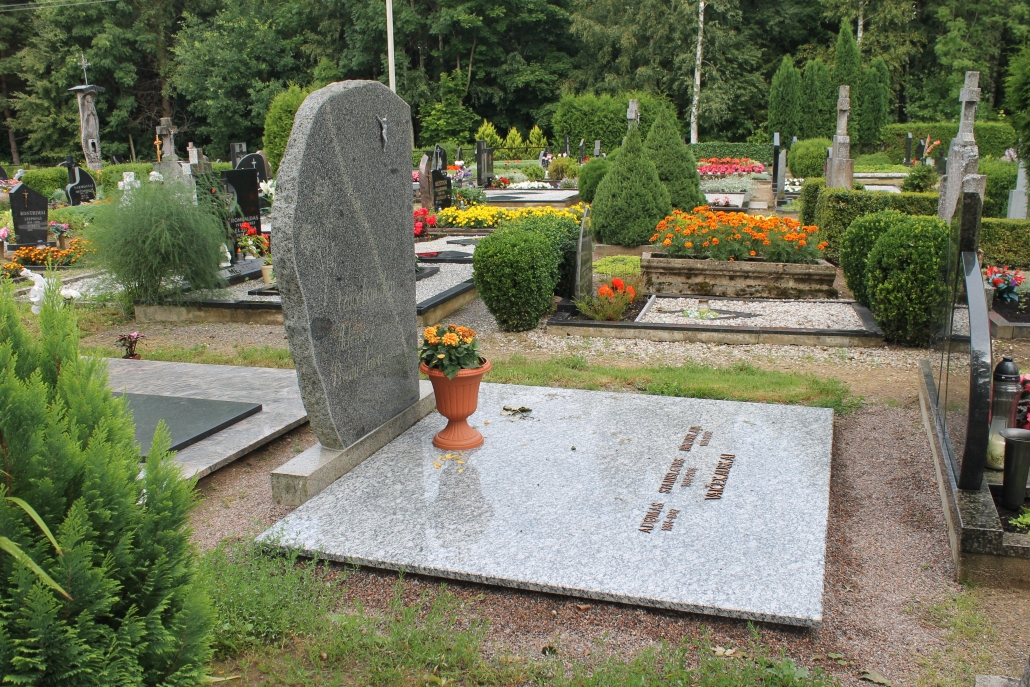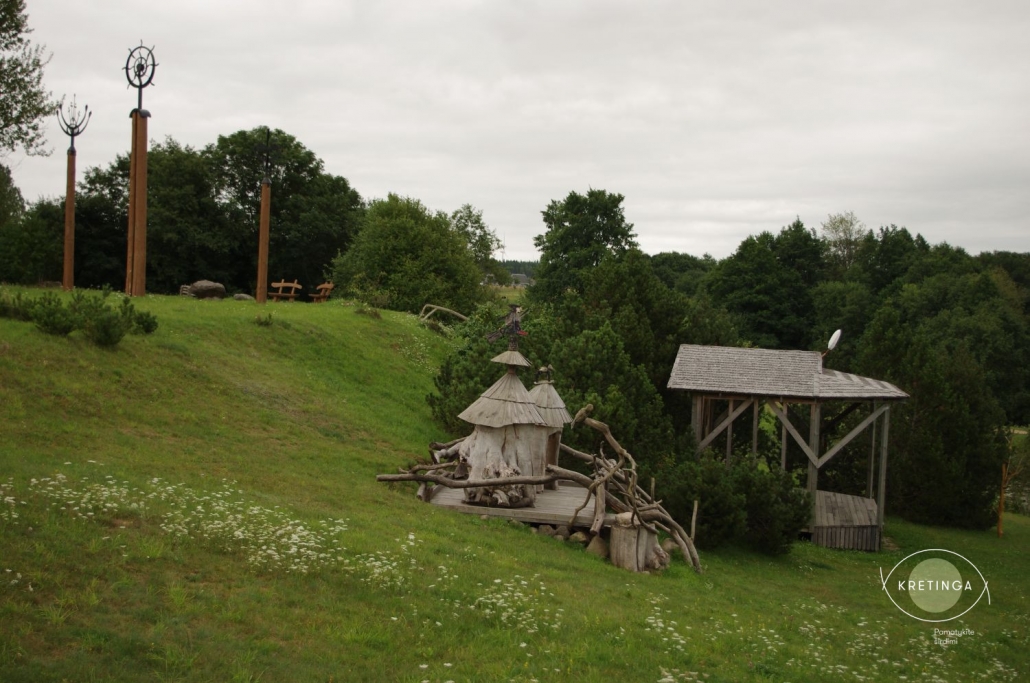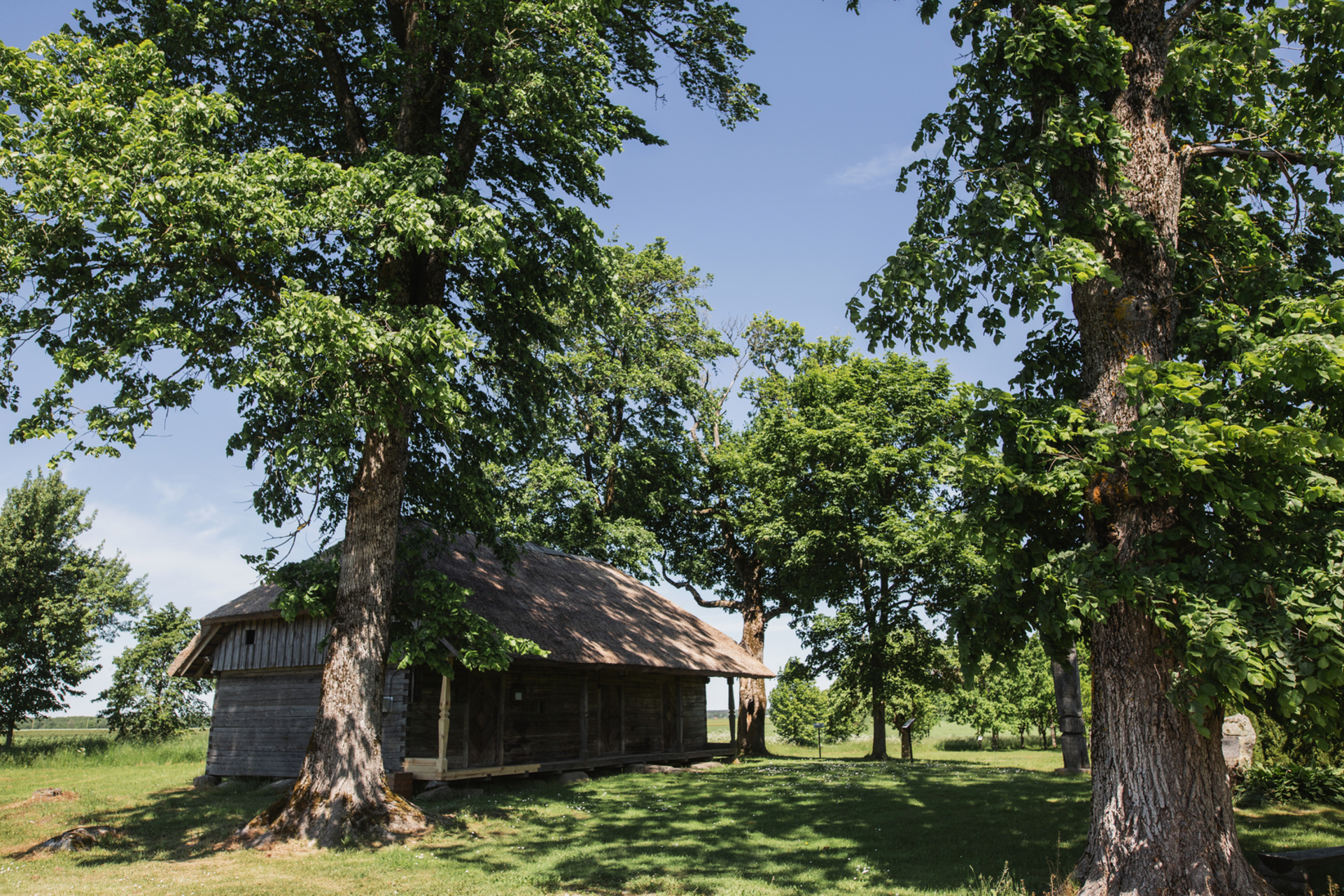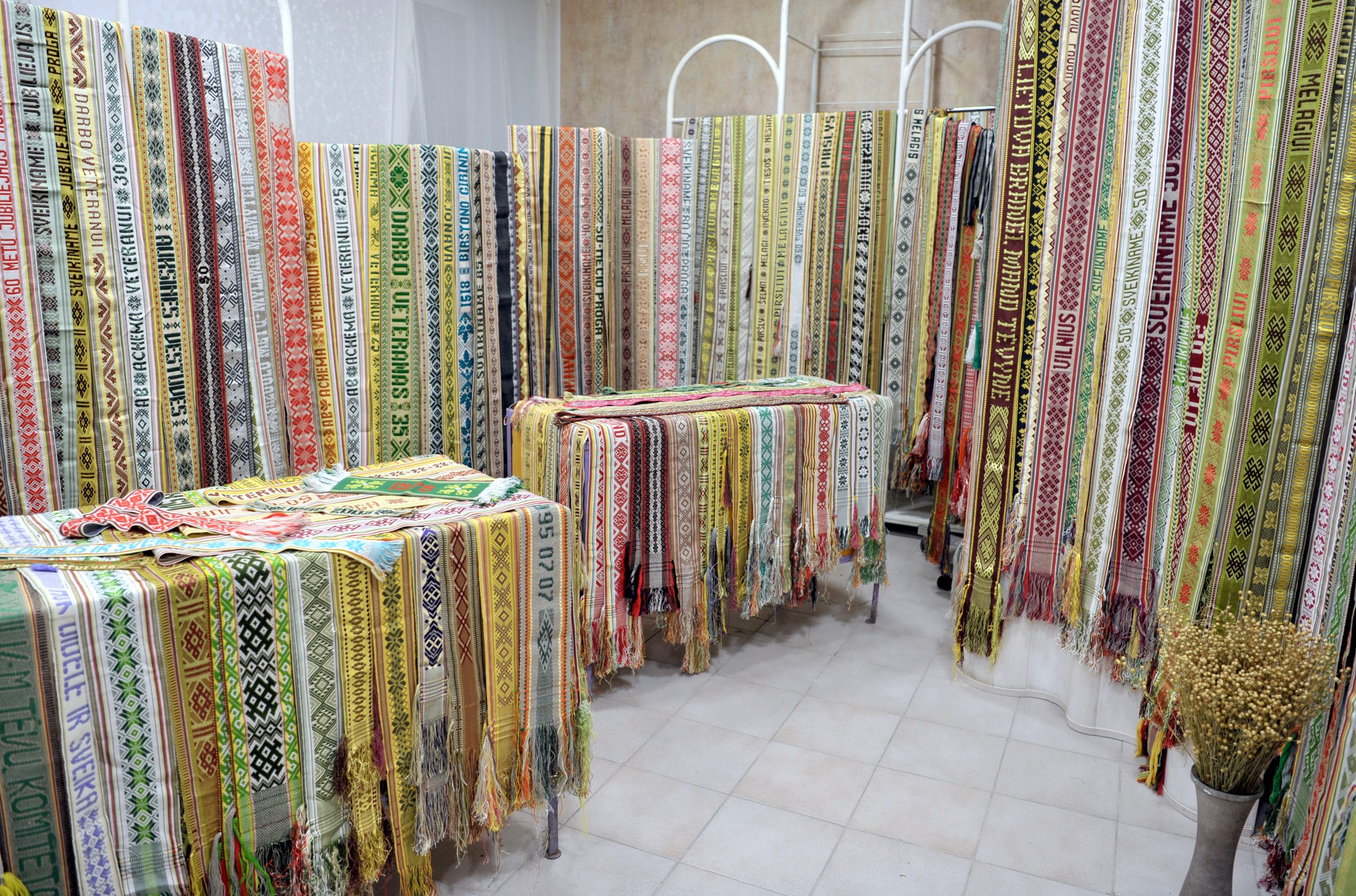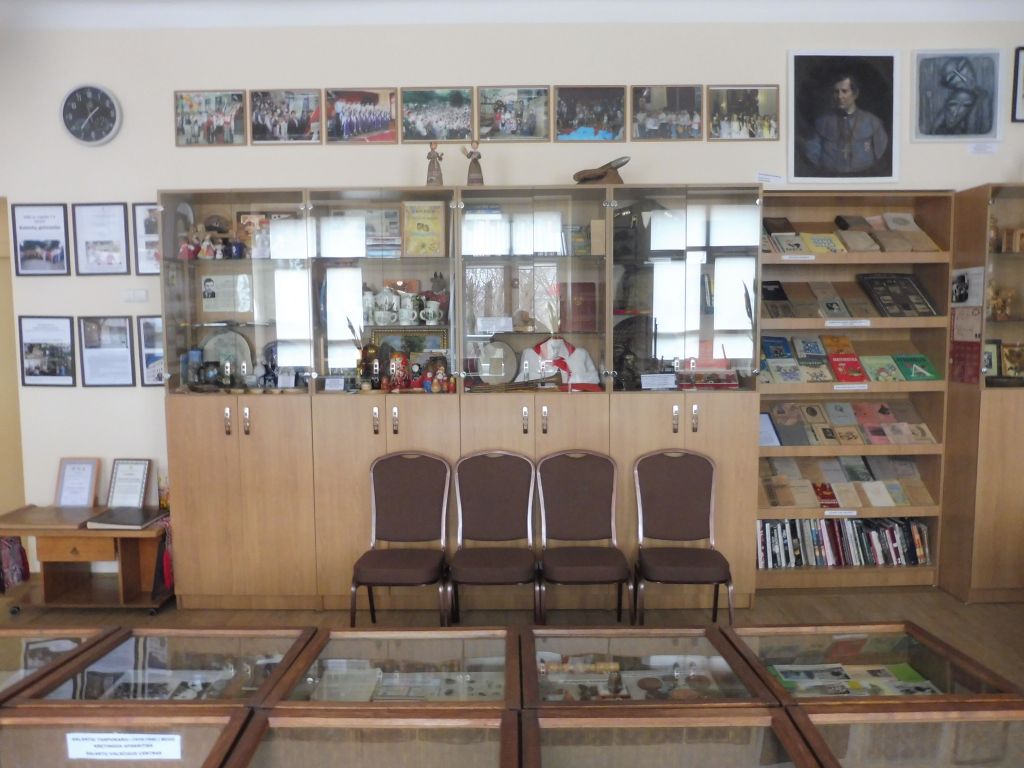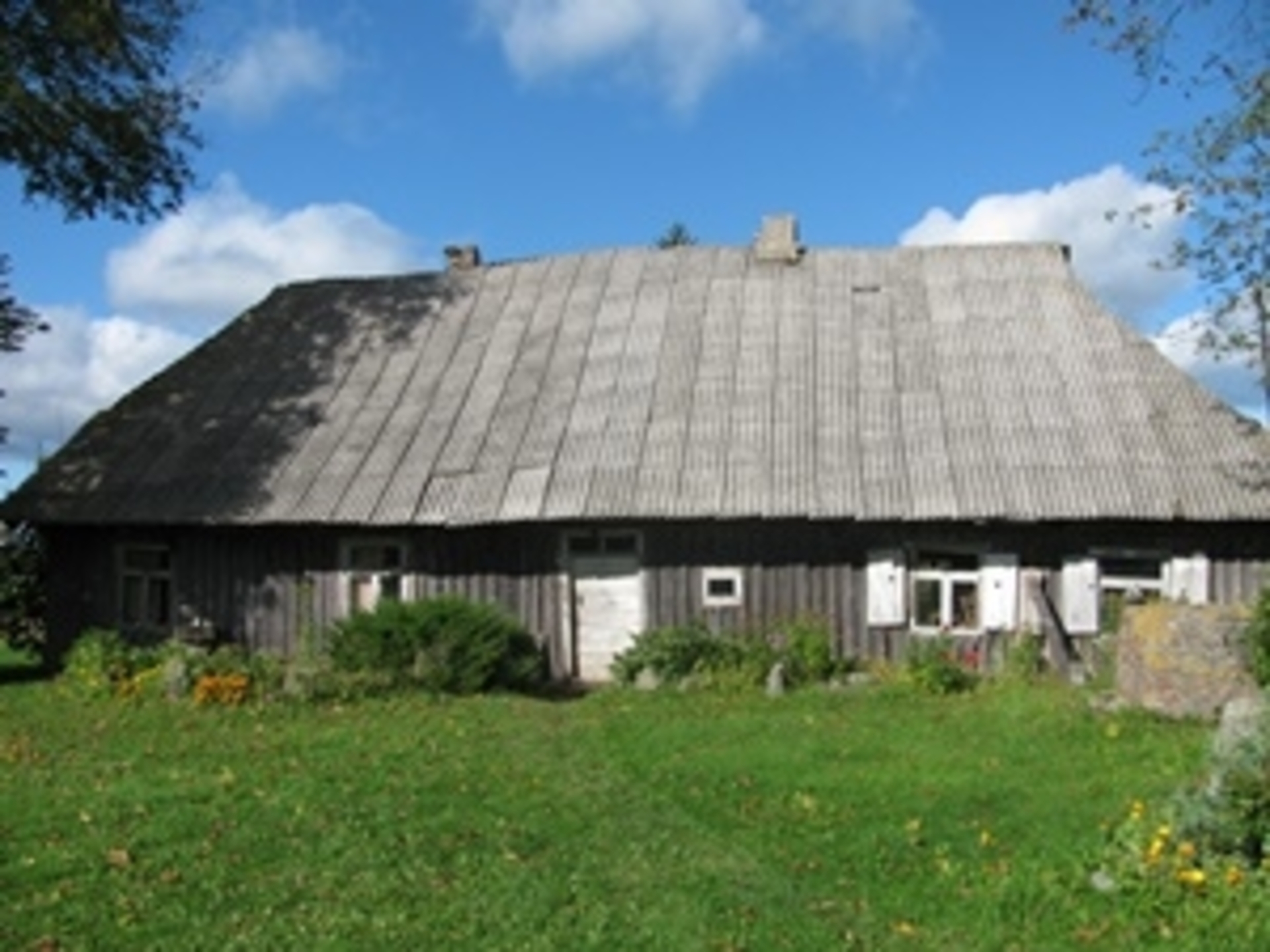Tauzai Village Ethno-Architectural Homestead

100

0

0
In the mid-17th century, during the land reforms, a traditional street village was established. Its buildings, made of wood with hewn log walls, had high pitched roofs covered with straw and shingles. The interiors of the dwellings featured a space with a large bottle-shaped chimney, and the houses were arranged so that the eastern side was used for living quarters, while the western side served farming needs. The Tauzai ethno-architectural homestead, located 300 meters from the Plungė-Skuodas road, is known for its ancient traditions and layout typical of the Samogitian region. The homestead is unfenced, surrounded by old trees such as maples and spruces. The house, built in 1731, and the granary, built in 1740, reflect the features of ethno-architecture. The homestead is a state-protected site.
Info
-

Architecture
-
Whats new?
Nearby attractions
Nearest museums
Nearest entertainment

 Entertainment
Entertainment
 Food establishments
Food establishments





























 56.19, 21.555
56.19, 21.555
 Get directions
Get directions








